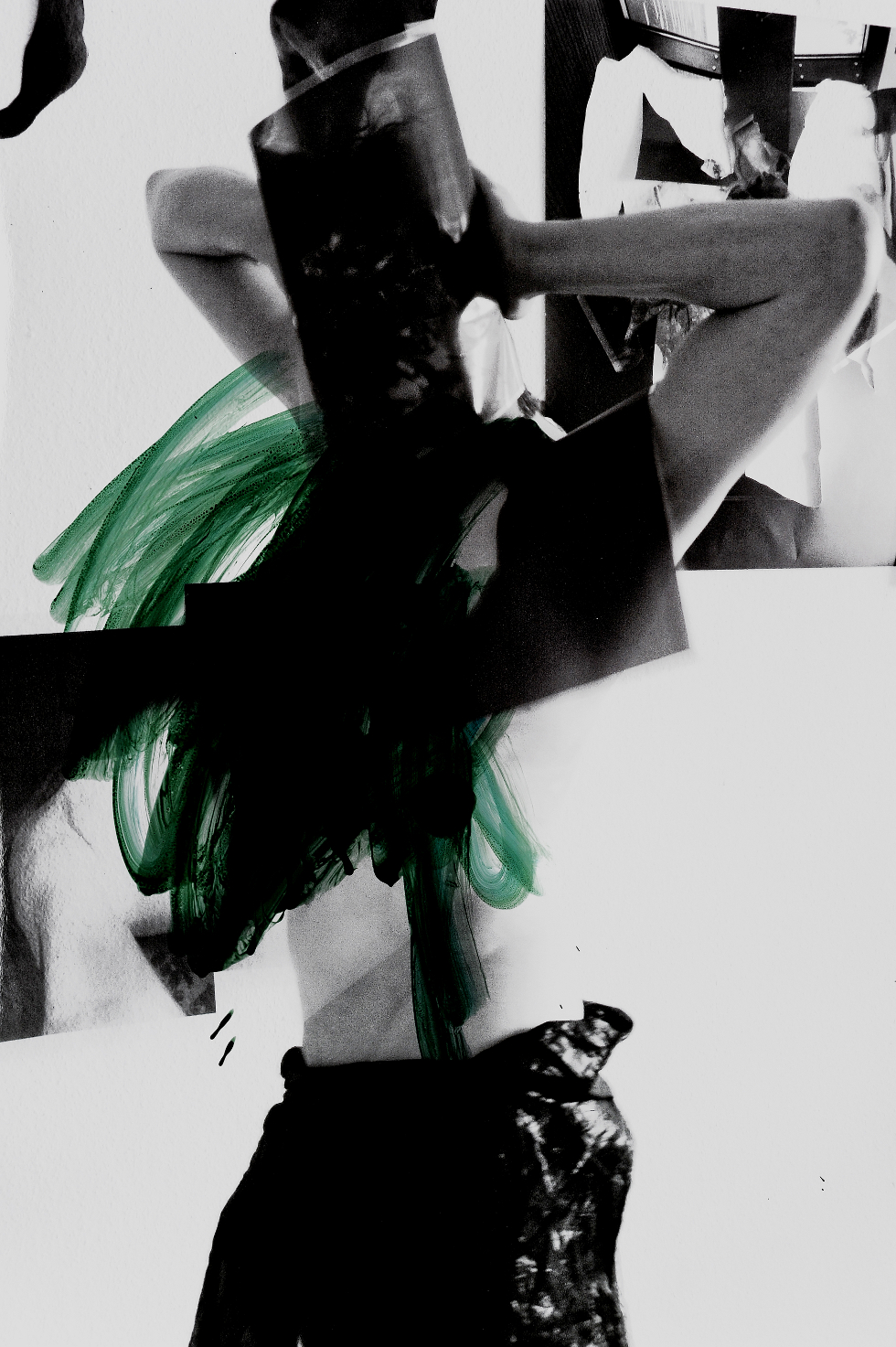
Interviewer: Is this just a fun fair prank, or is there something more serious going on here?”
Tino Sehgal: Seriously, I don’t know. I think you’d have to make like a survey or something like that. One of the reasons there are many people here today, sorry to disappoint you, is that it is President’s Weekend. But people have been coming. I think that people like to be addressed. I think that visual art, or the museum in general, has been a social segregator, as people like Pierre Bourdieu have pointed out. And it’s difficult to understand—these codes of painting or something. And so somebody just addressing you and saying what do you think, giving you that kind of recognition, saying, always implying that you are important, what you think is important—I think that is relieving to people in such a secular temple like this one.
The Tino Sehgal installation at the Guggenheim closed on 10 March 2010, and many of the interpreters were at a bar on Third Avenue. Drinking had been going on in earnest since the beginning but as usual I had not joined in. My ready made excuse was my son Solomon. He needed to go home. Despite his participation in the installation he was only 11, and couldn’t yet be expected to take the crosstown bus home in the dark alone, much less to join the adult interpreters at a bar. So instead I was sitting on my couch searching the Internet for commentary on the piece. Over the last few months, I’d found multiple written descriptions of Sehgal’s “This Progress.” All described its simple conceit and structure; most also admitted that describing the installation failed to capture what had made it compelling—or repelling. “Something” was happening, at least some of the time, when people talked with each other in intimate groups on the ramps of the Guggenheim Museum. But what was it, exactly? Why was it so difficult to describe? During the six weeks that I had been walking and talking with strangers on the ramps of the Guggenheim I had given quite a lot of thought to the problems of conveying what was happening in the piece. Clearly I was not the only one who was caught up by the problem of giving words to what happened. To give words to the words that had been spoken. How do you do that? But it still perplexed me. Why did I—and and so many others—seem to lack a language to describe what happened without sounding pretentious or pathetic, or lapsing into mystical tones.
Several weeks into the installation I had stopped taking notes after each one of the interactions I had with strangers. Reading them over each night, I’d decided that keeping track of words or topics was not that interesting. By then I’d accepted that although the piece was about words, it really wasn’t about what we said. But on the last day I decided it was time to make notes again, just in case I changed my mind. After all, there was no other documentation that I’d be able to access in the future. So, with opportunity slipping away, I jotted notes after talking with strangers about eminent domain, death and regeneration, positive thinking, Japanese Buddhist temples, archaeology, British anarchy, representational democracy. These were longer conversations than those earlier in the show, mostly because Tino and Asad slowed us down as we walked up the ramps. Their subtle, silent hand semaphores directed the interpreters to stop, slow down, but keep talking—to wait in other words until an older interpreter could position herself at the far side of the small opening between a wall and the edge of the ramp.
Many of the interpreters had noted with irony that the busier the museum, the more interest in the show, the slower the piece, the fewer who could participate.
Page 1 of 5 | Next page